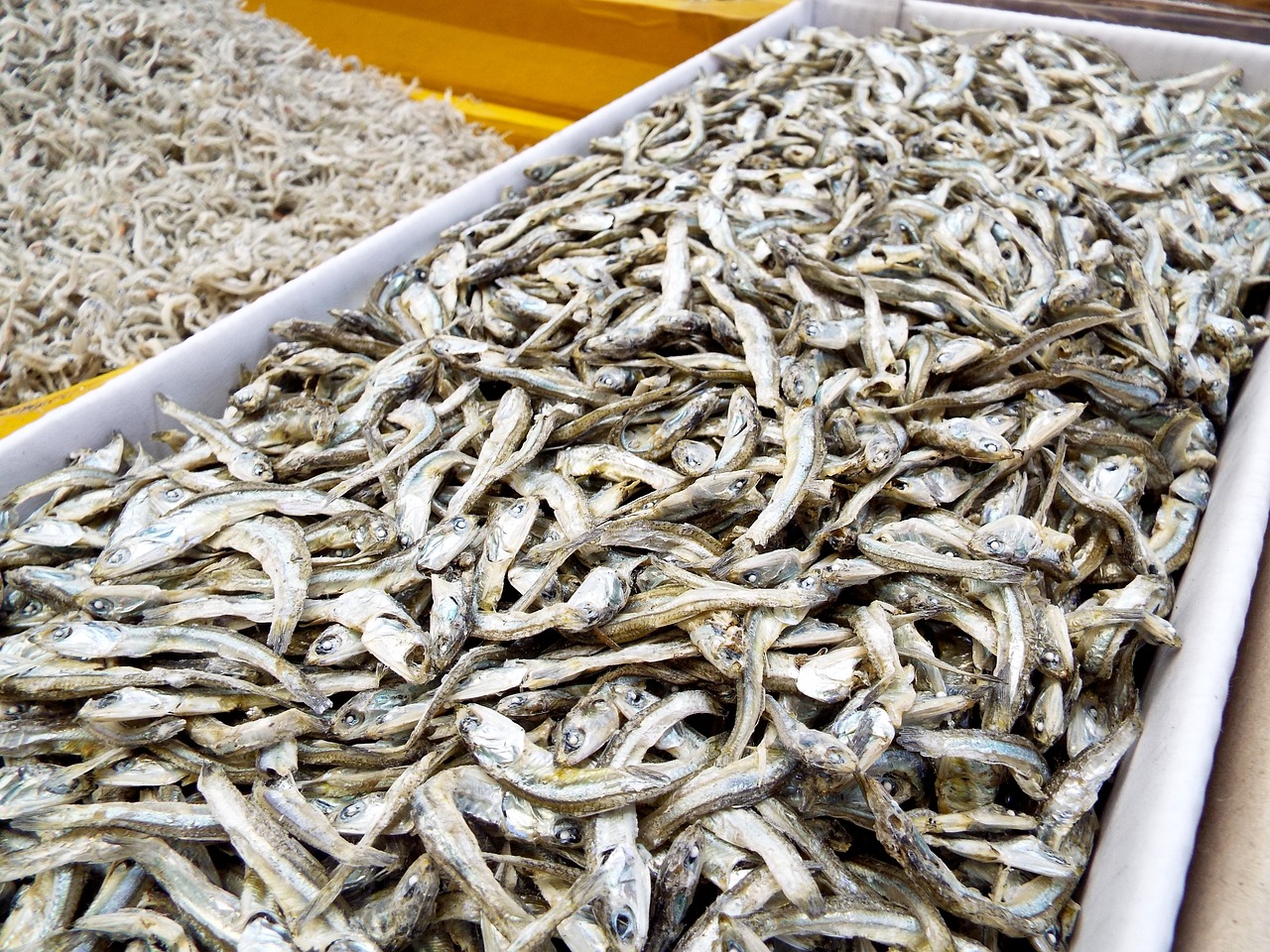
About Fish Farm Culture
Fish farm culture emerges as a powerful solution to meet this demand while promoting environmental stewardship and economic growth. By reducing pressure on wild fish populations, fish farm culture contributes to the conservation of marine ecosystems and helps protect endangered species.
Fish farming enhances food security by providing a reliable source of nutritious protein, especially in regions where traditional fishing is limited. It generates employment opportunities and economic growth in both developed and developing regions, supporting local communities. Controlled environments enable the monitoring of water quality and nutrition, resulting in consistently high-quality fish products. These are long, narrow channels that facilitate the flow of water and are ideal for raising trout and salmon.
Fish farm culture employs various methods, depending on the species, environmental conditions, and market demand :
Utilized for species like tilapia and catfish, this method involves raising fish in freshwater or brackish ponds, making it cost-effective and accessible. RAS facilities employ advanced filtration and water treatment systems, allowing fish to thrive in a closed-loop environment with minimal water usage. Commonly used for marine species, cage culture involves suspending fish cages in open water bodies, providing controlled conditions while utilizing natural resources. The industry is adopting responsible practices to minimize the impact on the environment, including reducing waste, controlling disease, and responsibly sourcing fish feed. Researchers are developing sustainable alternative feeds, reducing the dependence on wild fish for fish feed production. Innovations like land-based RAS and integrated multitrophic aquaculture (IMTA) systems are minimizing environmental footprint.
